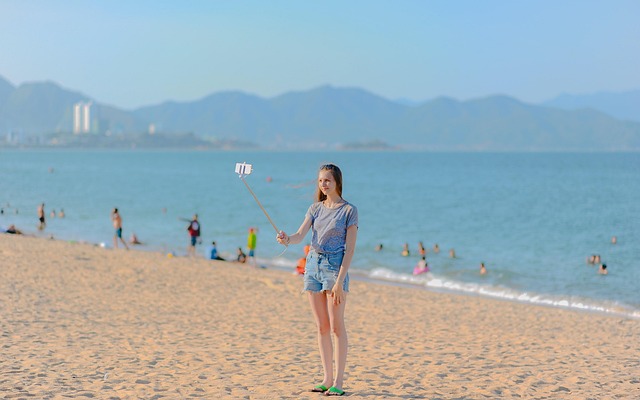For photographers looking to elevate their craft, understanding the tools available can significantly impact the quality of their images. One such essential tool is the monopod. Unlike its more stable counterpart, the tripod, a monopod is a single-legged support designed to help photographers stabilize their cameras while retaining mobility. This clever device allows you to maintain a balance between support and flexibility, letting your creativity flow even in dynamic environments.
Imagine standing at the edge of a breathtaking landscape, camera in hand, ready to capture the fleeting beauty of the golden hour. As the sun dips below the horizon, lighting conditions shift rapidly, presenting both a challenge and an opportunity. Here’s where a monopod shines. It provides a firm grip and support, allowing for smoother tracking of moving subjects without the bulkiness of a tripod. You can swiftly pivot to capture that perfect shot without losing precious moments to setup time.
Monopods are particularly invaluable in photography genres such as sports, wildlife, and event photography, where being mobile is essential. The stability they offer under rapid shooting conditions can make the difference between a sharp image and a blurry memory. With a monopod, you can fine-tune your composition while keeping your camera steady—freeing your hands for quick adjustments to settings like exposure, ISO, or aperture.
When choosing a monopod, it’s important to consider the weight and size that best suits your camera setup. The perfect monopod will feel like an extension of your body, lightweight yet robust enough to support your equipment. Many modern monopods come equipped with ergonomic grips and quick-lock mechanisms that make setting up and adjusting a breeze. These features not only enhance your comfort but also streamline the process of capturing images that resonate with your personal photography style.
In addition to providing stability, monopods are excellent companions for experimenting with different angles and perspectives. By adjusting the height and pivoting your camera, you can achieve shots that feel dynamic and engaged. In optical terms, the precision of a monopod allows for better control over depth of field and focus, which is crucial when striving for that striking clarity in landscapes or intense focus in portrait photography.
Moreover, when venturing into low-light conditions, a monopod can greatly help in minimizing camera shake, allowing for longer exposure times without the worry of blurry images. This capability is particularly useful when photographing cityscapes after sunset or capturing the ethereal glow of fireworks. Each click of the shutter can produce images rich in detail and vibrancy, thanks to the support of a monopod.
As photographers become more proficient, tools like the monopod become invaluable partners in their journeys of exploration and creativity. Understanding how to effectively utilize a monopod in various settings can empower photographers to capture enchanting moments and express their vision more freely. Whether you’re just starting or looking to refine your skills, incorporating a monopod into your photography repertoire can indeed take your camera skills to new heights.



